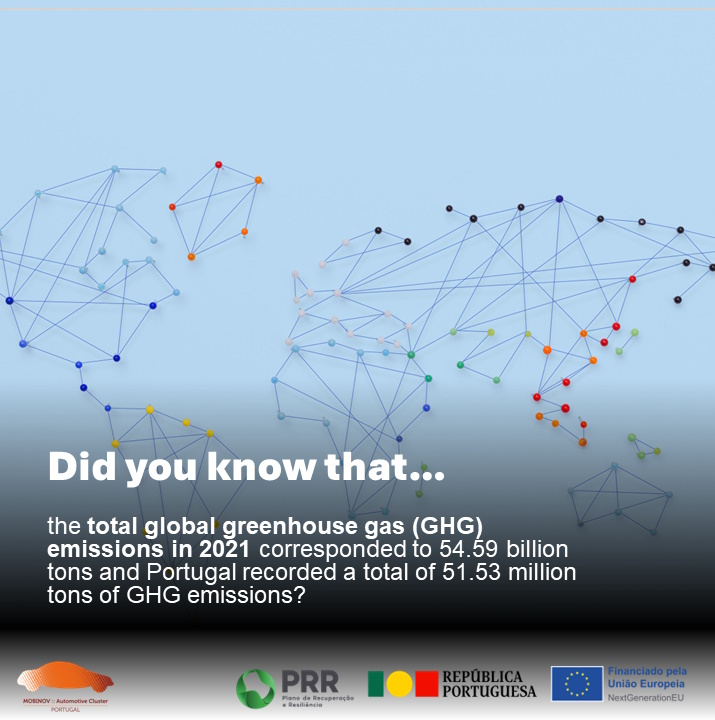In 2021, a total of 54.59 billion GHG emissions were recorded worldwide, with China and the United States of America recording the highest figures, emitting 13.71 and 5.93 billion tons of GHG, respectively.
If we consider GHG emissions per capita, China reached 9.62 tons per inhabitant and the USA recorded 17.58 tons per capita. In Portugal, the figure was 5.01 tons per inhabitant. Analyzing the evolution of GHG emissions over the last few years, it can be seen that Portugal and the USA are significantly reducing their carbon footprints through decarbonization measures, while China has seen an upward trend.
The development of the National Automotive Sector Decarbonization Roadmap aims to act in exactly these areas, reducing the impact of these industries on the environment by reducing their emissions and, at the same time, contributing to their greater adaptation and resilience to future climate challenges.

